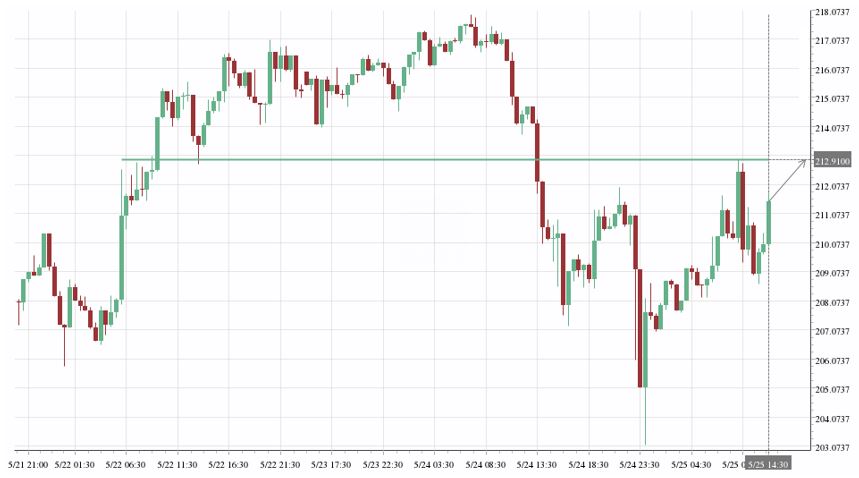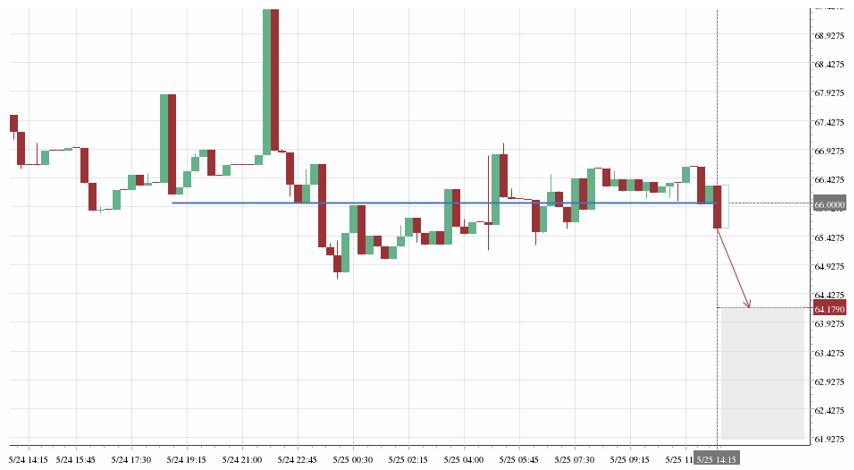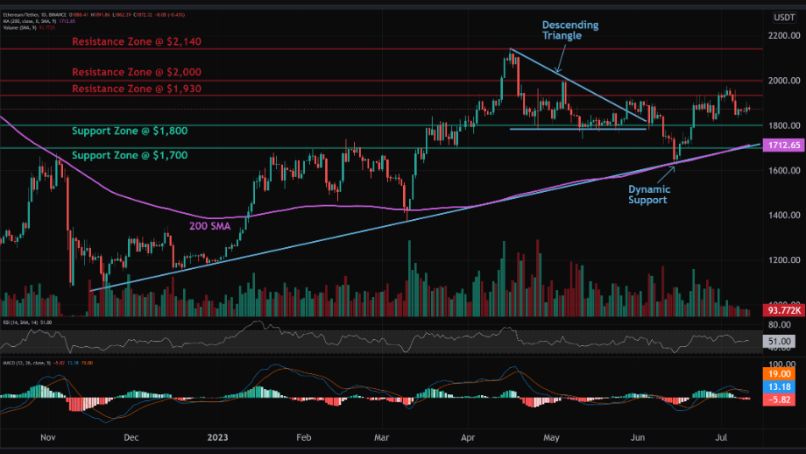Search Knowledge Base by Keyword
Key Horizontal levels
What is key level in trading?
Key levels in trading crypto are simply horizontal support or resistance areas. This means that the peaks or troughs in the price graph line up to a horizontal psychological barrier. Support and resistance lines are critical concepts in technical analysis. These are areas where buyers deem an asset attractive to buy (support) or too expensive (resistance). Watch a video explaining this concept.
Key levels are established when price touches a level at least three times. The more times the price touches the level, the more significant the level is. Every time that a level is tested or touched, but not broken, it is another case in point whereby the market confirms that it is not prepared to go higher than that price. The more often it happens, the more likely it seems that it will happen again.
How to trade crypto with key horizontal levels
Once the key level has been identified and we can see how significant it is, there are three types of trade opportunities. Based on backtests, these trade set-ups have over 70% success rates.
1. Key level approach
The first type of trade opportunity is when the price has bounced off a key leveland moved away, and is now yet again approaching that level. Here the expectation is for the price to reach the horizontal key level once again. A secondary opportunity may exist when the price continues beyond the support resistance line, forming a breakout (see next trade set up).

2. Key level breakout
When key level is breached the theory is that the momentum of the price will carry it some distance beyond the identified level. A breakout is identified when there is a definitive breach of the key horizontal level and it is presented together with a target level where one can expect the price to move towards.

Example: Real trade video of trading Resistance breakout (BAT example)
3. Key level bounce
Most of the time, prices will bounce off of the key horizontal lines, instead of breaking through (trade setup #2 above). So a trader could place an order to go Long when price touches the support line, or go Short (or Sell existing position) when price touches the resistance line.
Horizontal support and resistance not only provide potential trade opportunities but they also give traders some very good indication where to place a stop loss and take profit levels. Moreover, they can be powerful confirmation for other opportunities. For example, certain chart patterns have horizontal support or resistance built-in, like ascending or descending triangles, rectangles head and shoulders.

